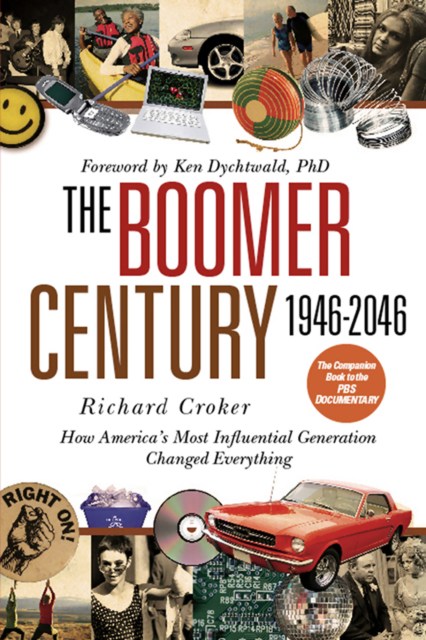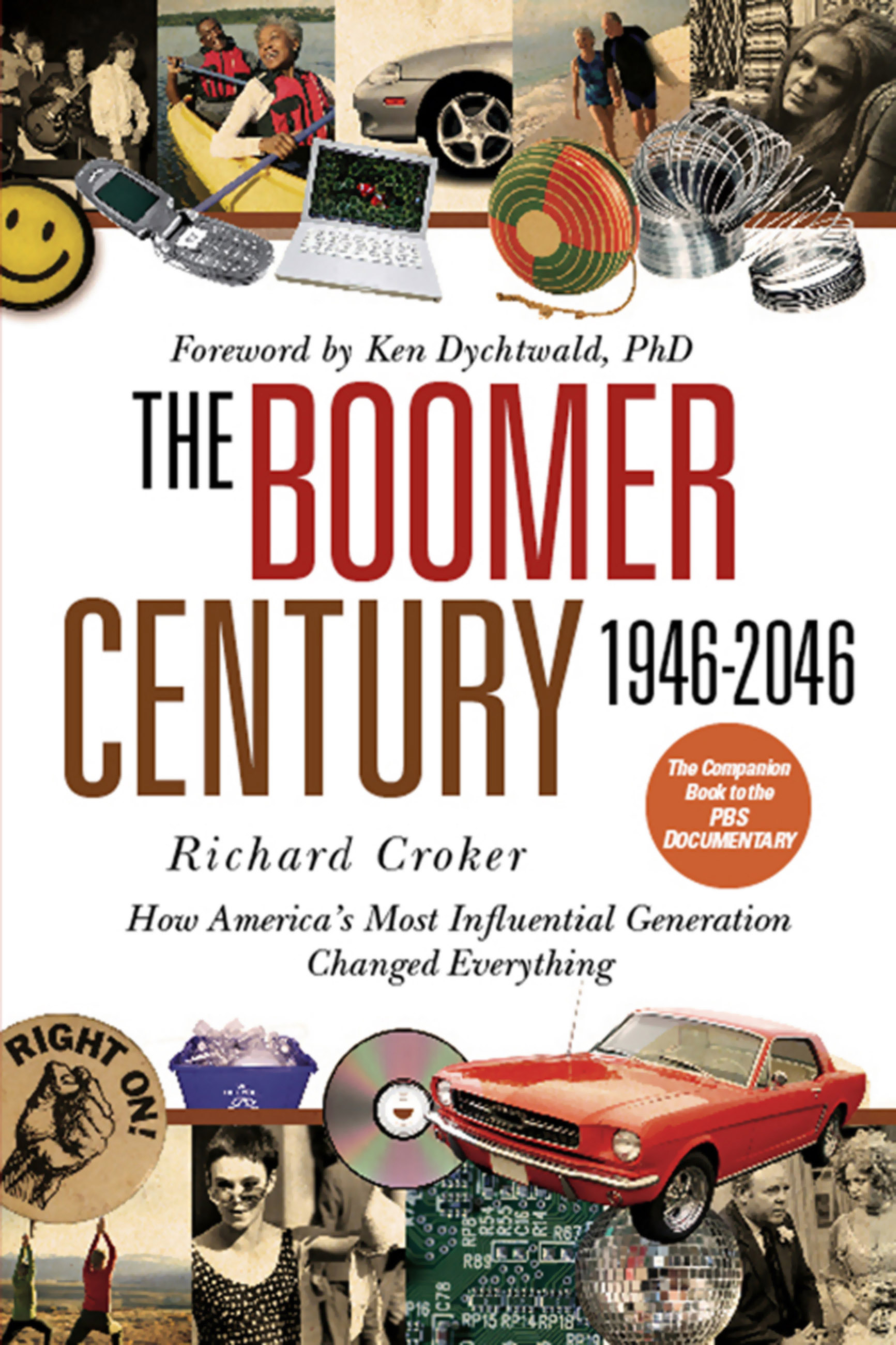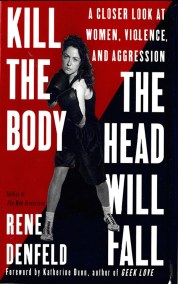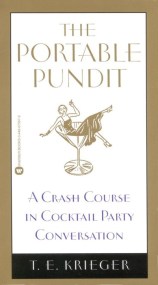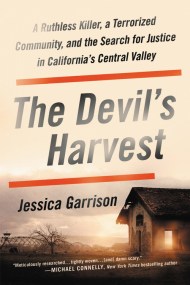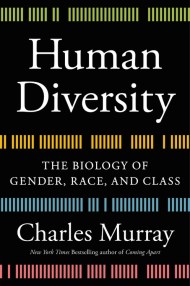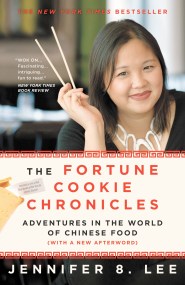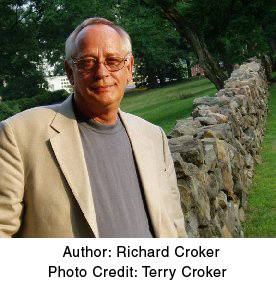Promotion
Use code MOM24 for 20% off site wide + free shipping over $45
The Boomer Century 1946-2046
How America's Most Influential Generation Changed Everything
Contributors
Foreword by Ken Dychtwald, PhD
Formats and Prices
Price
$12.99Price
$16.99 CADFormat
Format:
ebook (Digital original) $12.99 $16.99 CADThis item is a preorder. Your payment method will be charged immediately, and the product is expected to ship on or around May 30, 2009. This date is subject to change due to shipping delays beyond our control.
Also available from:
The Baby Boom generation has always been known as a demographic anomaly and these 77 million Americans have dominated our society for the past 60 years, setting trends and revolutionizing entire industries. They didn’t just date, they transformed sex roles and practices. They didn’t just go to the doctor, they reinvented healthcare.
And now retirement and aging will never be the same as the oldest boomers move into their 60s with no thoughts of traditional retirement or old-age homes! Featuring insightful interviews and essays from Baby Boomers like Dr. Andrew Weill, Erica Jong, Eve Ensler, Rob Reiner, Oliver Stone, Lester Thurow, and Tony Snow, The Boomer Century is an entertaining, historical and cultural look at a truly amazing generation.
And now retirement and aging will never be the same as the oldest boomers move into their 60s with no thoughts of traditional retirement or old-age homes! Featuring insightful interviews and essays from Baby Boomers like Dr. Andrew Weill, Erica Jong, Eve Ensler, Rob Reiner, Oliver Stone, Lester Thurow, and Tony Snow, The Boomer Century is an entertaining, historical and cultural look at a truly amazing generation.
Genre:
- On Sale
- May 30, 2009
- Page Count
- 352 pages
- Publisher
- Grand Central Publishing
- ISBN-13
- 9780446561426
Newsletter Signup
By clicking ‘Sign Up,’ I acknowledge that I have read and agree to Hachette Book Group’s Privacy Policy and Terms of Use
